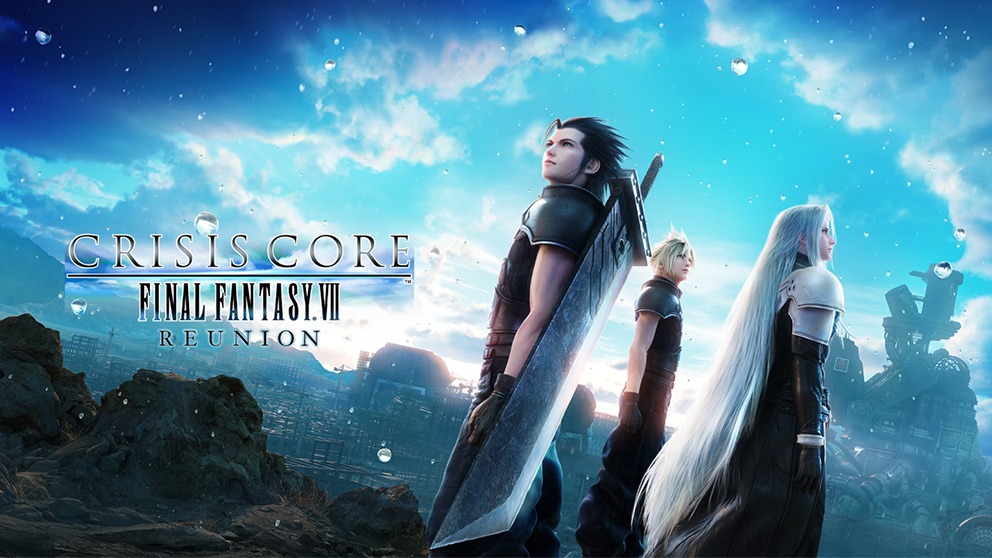You'll love it if:
- You’re a fan of the original FFVII or its Remake project
- You like linear, action-based JRPGs
- You’re looking for a shorter RPG to play
- You like to spend hours grinding in side-missions
Not for you if:
- You dislike RNG-based character progression
- You want replayability from your RPGs
- You’re still hoping that FFVII Remake will come to your platform
- You’ve played the PSP original and were hoping for new content in Reunion
The original Final Fantasy VII was something of a phenomenon for then Square when it was released on the PS1 in 1997. It introduced 3D graphics to the series for the first time and presented a more mature, sci-fi story to JRPG fans worldwide.
This is what prompted Square Enix to go back to its universe years later with the Compilation of Final Fantasy VII, a multi-media project designed to expand on the original game’s story. Crisis Core: Final Fantasy VII was a PSP exclusive released in 2007 in Japan and 2008 in NA and Europe. Its central story revolved around Zack Fair, a character every FFVII fan will be familiar with due to his deep relationship with the game’s titular hero, Cloud Strife.
TL;DR
Make no mistake: Crisis Core -FFVII- Reunion is a 2008 game wrapped in 2022 clothing. Mechanically, this is a game from a bygone handheld era – it’s a short and sweet RPG experience, especially for the fans of FFVII’s characters and world. Anyone else, and especially players picking up Crisis Core 2022 on Xbox or Nintendo Switch, should take note of what they’re investing their money and time into beforehand.
While the results of the Compilation of Final Fantasy VII were hit or miss, fans were more than happy with the way Crisis Core: Final Fantasy VII handled Zack in the events leading up to FFVII proper. And with the recent Final Fantasy VII Remake proving to be a smash hit (despite its console exclusivity controversy), Square Enix is once again delving into Zack’s story with Crisis Core -Final Fantasy VII- Reunion (Crisis Core 2022 from now on).
Co-developed with studio Tose, it represents a ground-up remaster of the original PSP release in Unreal Engine 4, using many of the assets from the FFVII remake project. So, how well does Crisis Core 2022 stack up now that it’s finally free of its PSP constraints?
Story – The Post-Kingdom Hearts Nomura Syndrome
Once the credits rolled on the original Final Fantasy VII, fans were left wondering about Zack’s background and history with Cloud. From everything that Cloud says about Zack in hindsight, it was clear that he played an extremely important role in Cloud’s character development. This prompted the director Hajime Tabata of Final Fantasy XV and Final Fantasy Type-0 glory to approach the project. With Tetsuya Nomura, the father of Kingdom Hearts, acting as the game’s narrative director, the game does suffer a bit in execution.
Nomura is known for his work on Kingdom Hearts, where characters’ emotions and literal “hearts” play a major role in the events of the series. This logic has unfortunately seeped into Crisis Core, with much of its narrative revolving around “dreams”, “hearts”, and poetic musings (by one character in particular). Zack’s and Cloud’s relationship isn’t center-stage in Crisis Core – Zack’s path to SOLDIER 1st Class, guided by his mentor Angeal, takes center-stage instead.
And while characters like Aerith, Sepiroth, and the Turks do make appearances, the game’s plot becomes overly convoluted and loses direction very quickly. Luckily, the game progresses at a brisk pace and clocks in at around 20 hours, with major plot points and events interspersed evenly throughout. You’ll enjoy Crisis Core’s story, especially if you’re a fan of Japanese anime and early 2000s JRPGs which didn’t shy away from a healthy dose of cringy dialogue here and there.

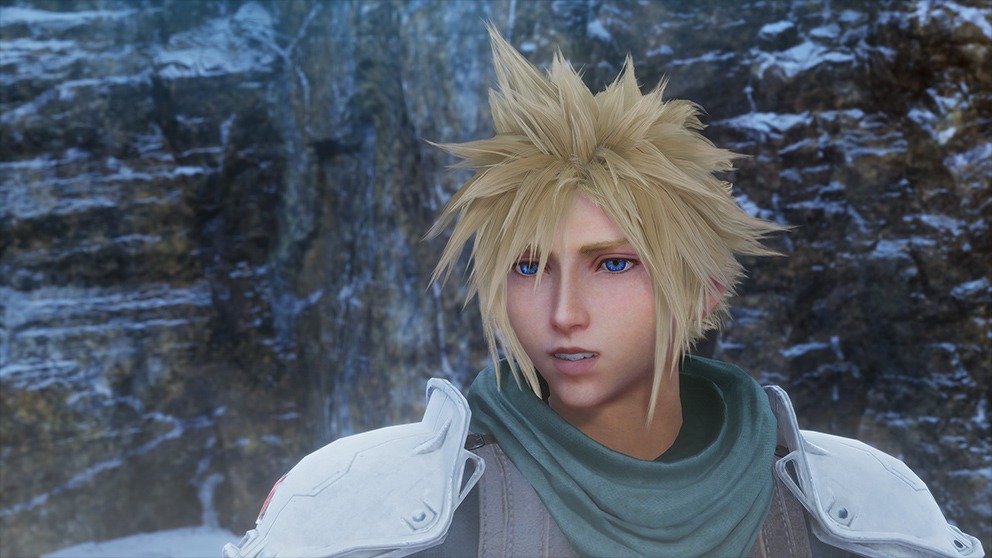
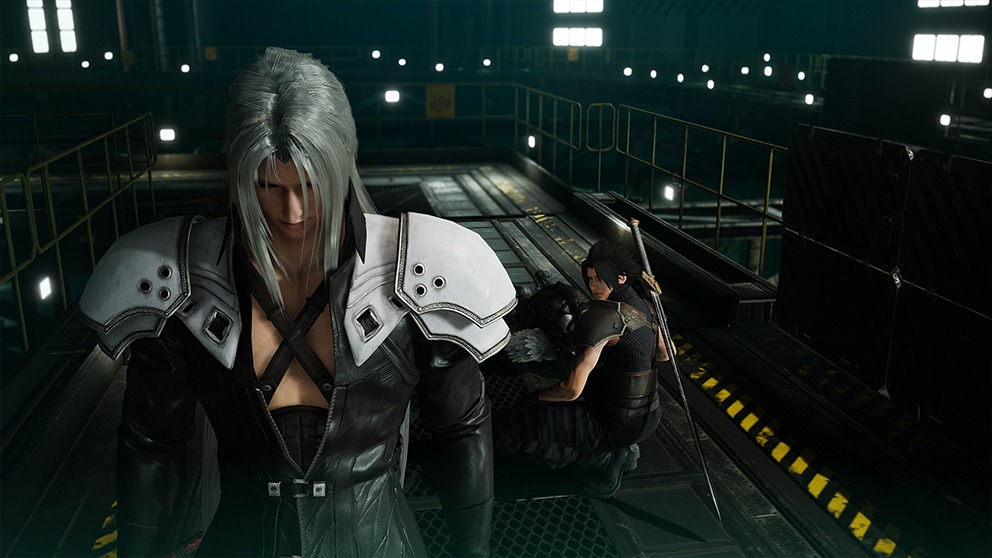
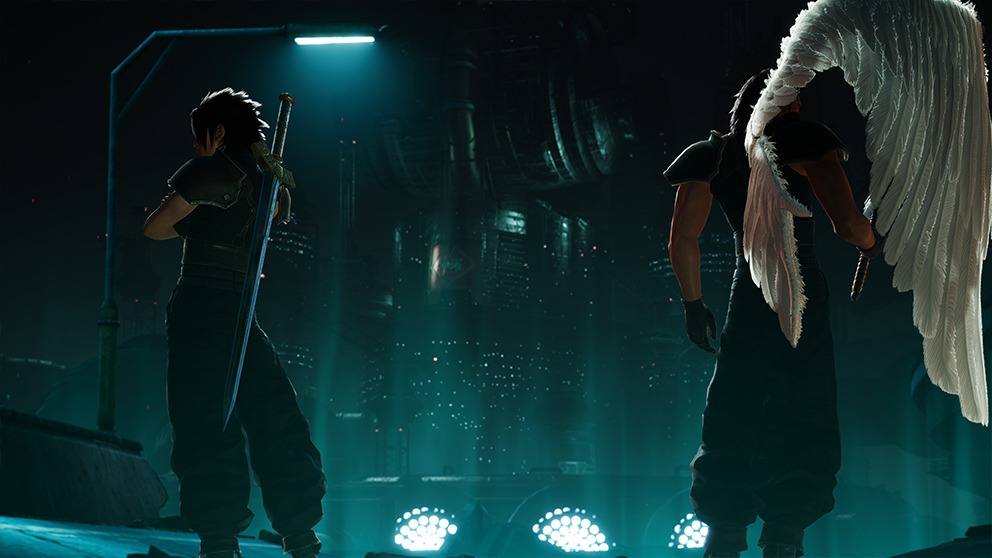
Gameplay – Running Around Midgar
The game can be roughly divided into two segments based on its gameplay: exploration and combat. While the latter did receive some updates in this remaster, the same cannot be said for the former. Exploration takes place in corridor-like sections interspersed with mandatory load times and Save spots at every corner. This is a leftover from the game’s PSP origins and it doesn’t play very well today.
You’ll always be on a straight line to your next objective with very little in terms of actual exploration. The game’s take on side content is a set of side missions that you can pick up at any save spot. These side missions are copy-pasted one to another with very little to differentiate them apart from some flavor text. While they are a good way to level up, they become repetitive very quickly and don’t justify the dozens of hours you’ll need to 100% them.
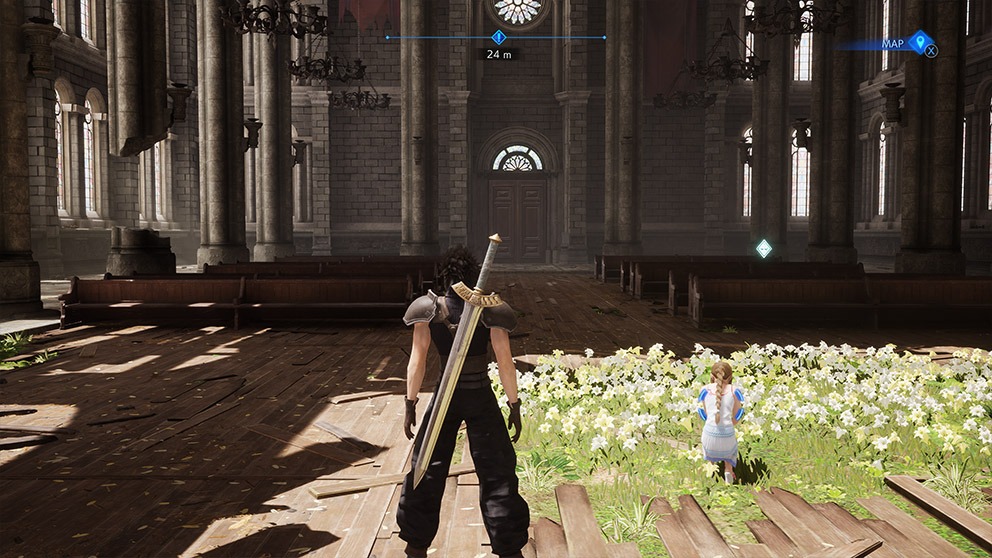
Activating Combat Mode
The game’s combat has received the most significant overhaul compared to the PSP original. It’s punchier and more engaging than it was before thanks to an updated control scheme and Zack’s expanded move set. It relies on a form of random encounters which will pull you into a separate arena to fight a group of enemies before allowing you to keep exploring.
You can run away from battles easily if you’re in a hurry or low on health, however, this doesn’t apply to story battles. The game recycles new enemies as you encounter them and packages them into aforementioned side missions where you can face them again for extra loot or level-ups. Speaking of which…
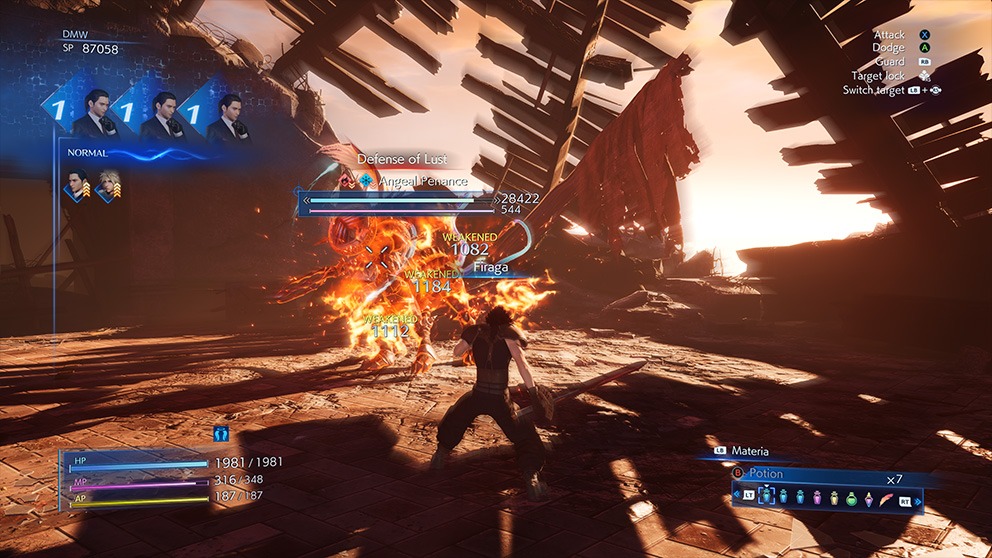
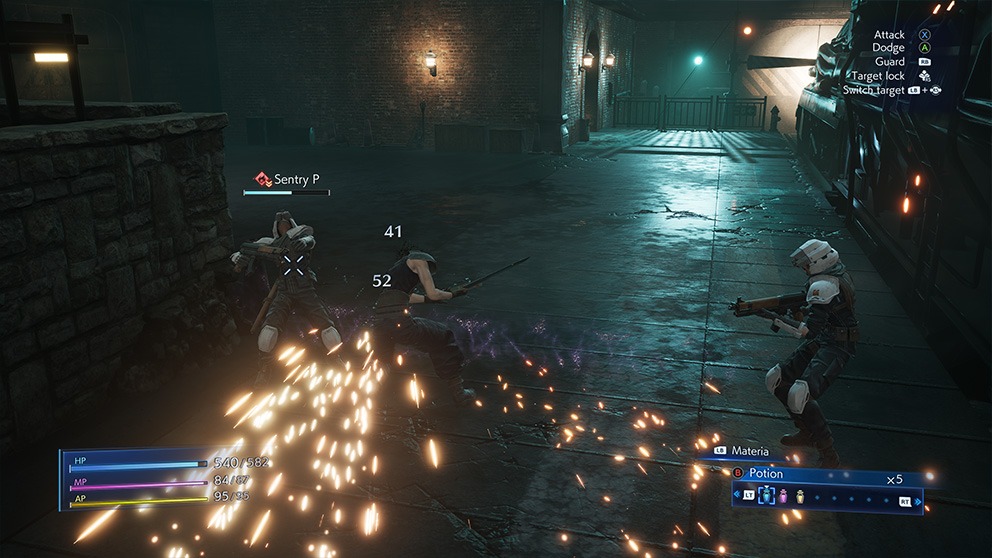
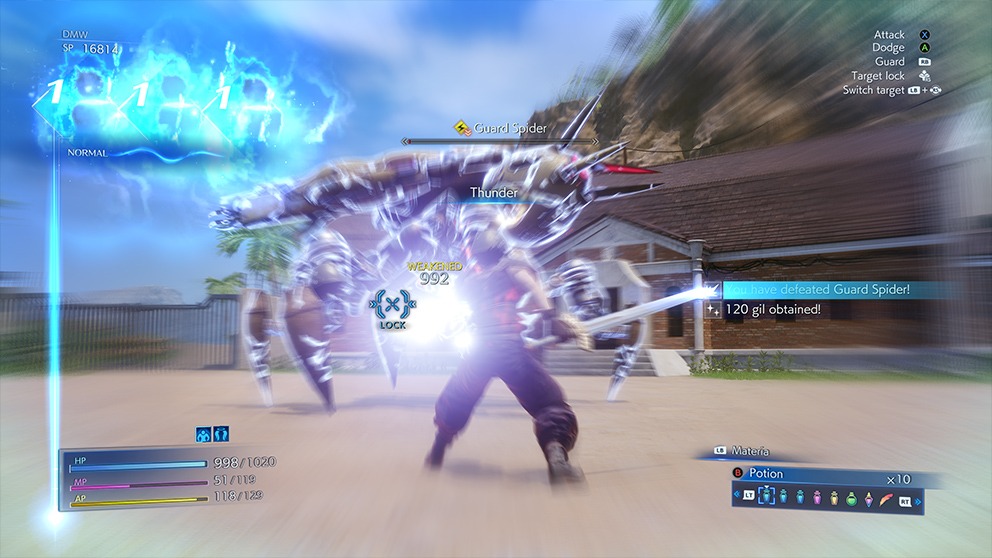
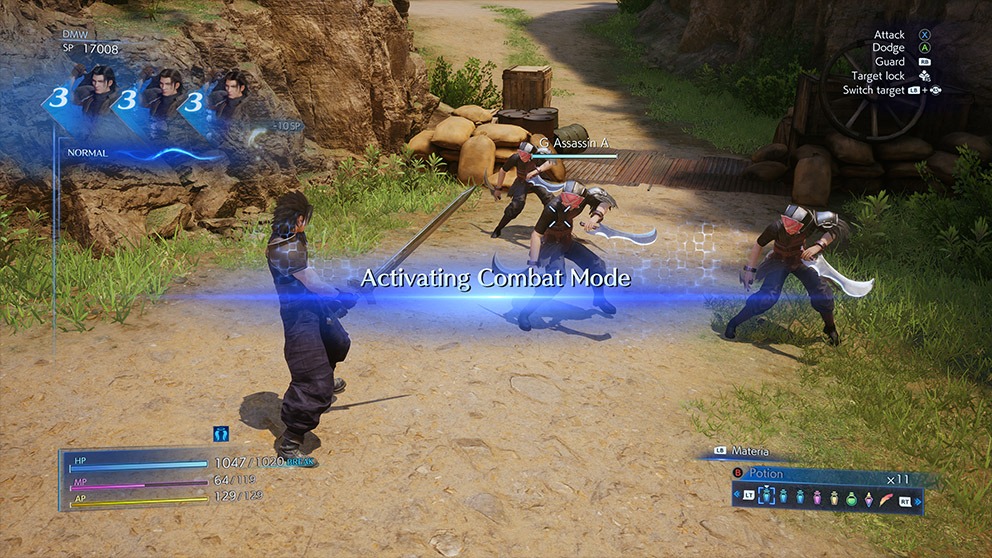
Spin the Wheel to Level Up
By far the most controversial decision Square Enix has made with Crisis Core concerns its character progression. You cannot gather experience or level up Zack or his skills and Materias like you would in 99% of other JRPGs. Instead, the game relies on a spinning wheel with three numbers (akin to a casino-style match-3 wheel). Depending on where the wheel, dubbed Digital Mind Wave (DMW) lands, Zack will either cast a buff/debuff, level up a skill/Materia, or level up himself. As a player, you have very little agency or control over what will happen next with DMW.
The game uses “emotions” concerning Zack and his relationships with others to determine how he will grow in the gameplay sense. However, this is a very dangerous system to implement in an RPG where casting a buff or calling down a summon can make or break a fight. Theoretically, you could level up several times in just as many minutes – or not level up at all for an hour or two. While the idea behind DMW might have been to let the players focus on action instead of skill management, it often backfires to the player’s detriment.

Visuals – High Fidelity with a Few Blemishes
It’s undeniable that Square Enix and Tose have done an admirable job updating the game’s visuals compared to the PSP original. The studio opted for Unreal Engine 4 for the remaster and approached the project with a 1:1 remastering mindset. This means that mechanically, this is still the same Crisis Core you might have played in 2008, but visually, it features many of the bells and whistles found in Final Fantasy VII Remake. The game’s environments have been enriched and updated to meet modern gamers’ standards and combat has become flashier than ever.
However, character models still act like wooden dolls with no motion capture – something which was completely fine back in 2008 but doesn’t ring true today. The game runs very well across the board and Square Enix has been kind enough to provide fans with a breakdown of Crisis Core’s performance on different platforms. Our review copy ran on Xbox Series X at a 4K resolution with smooth 60FPS throughout. However, it seems that the game couldn’t quite shake off its handheld roots in terms of CGI cutscenes.
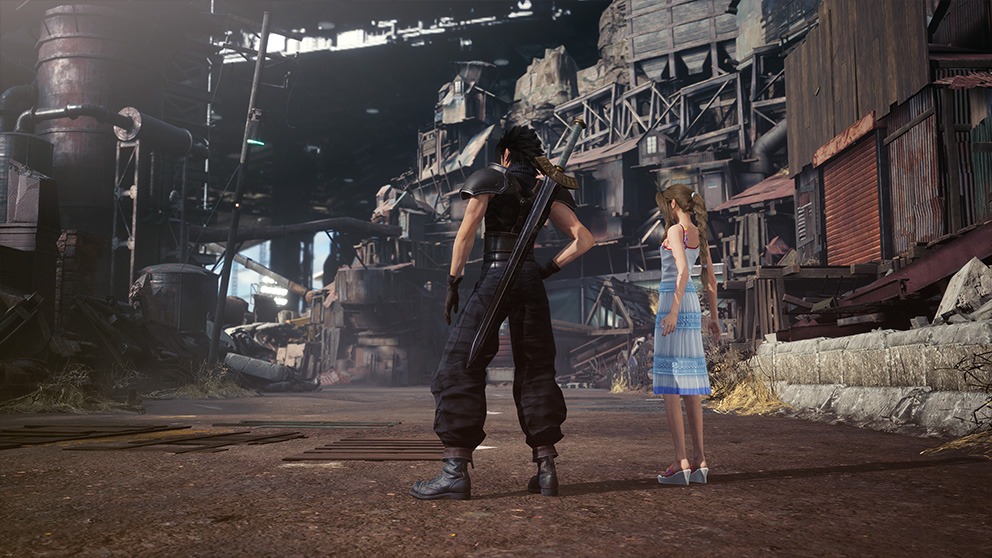
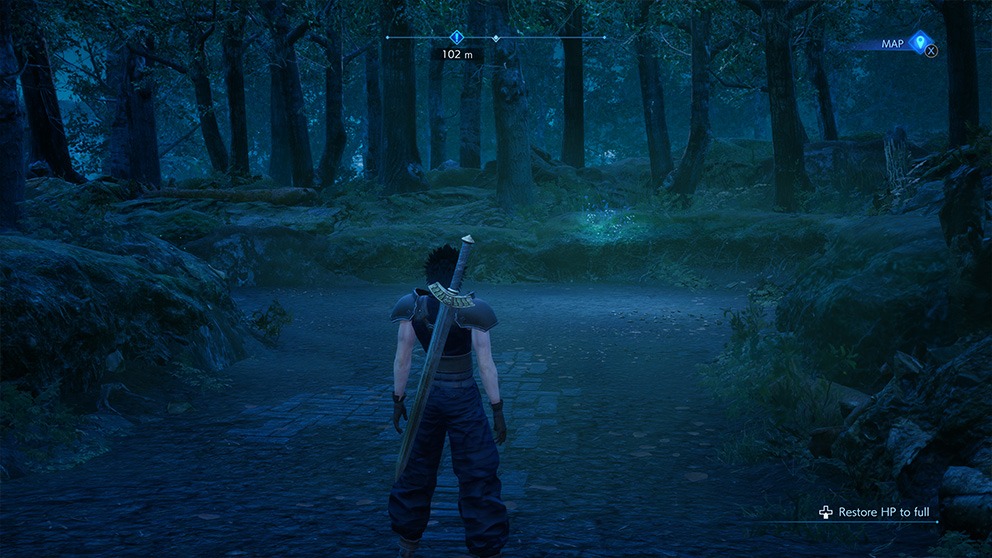
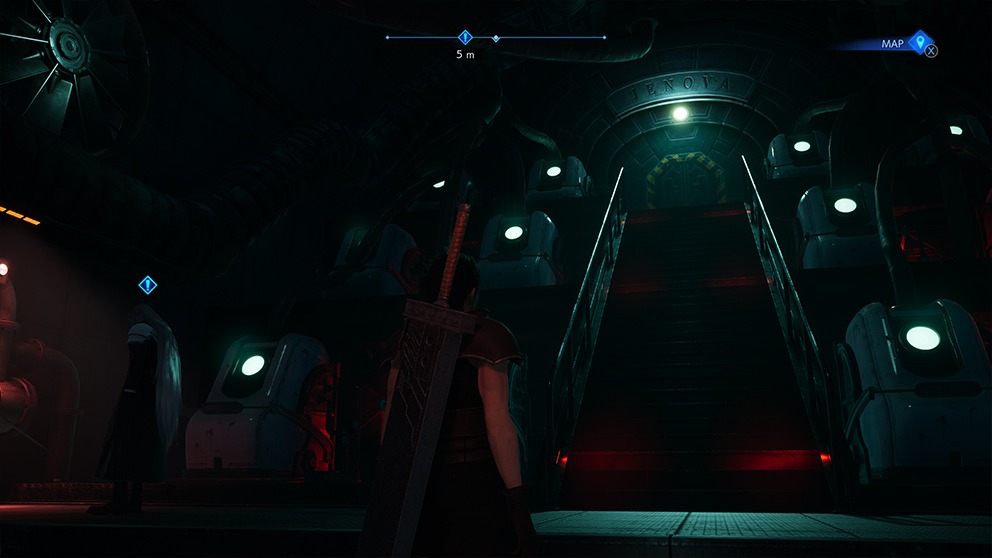
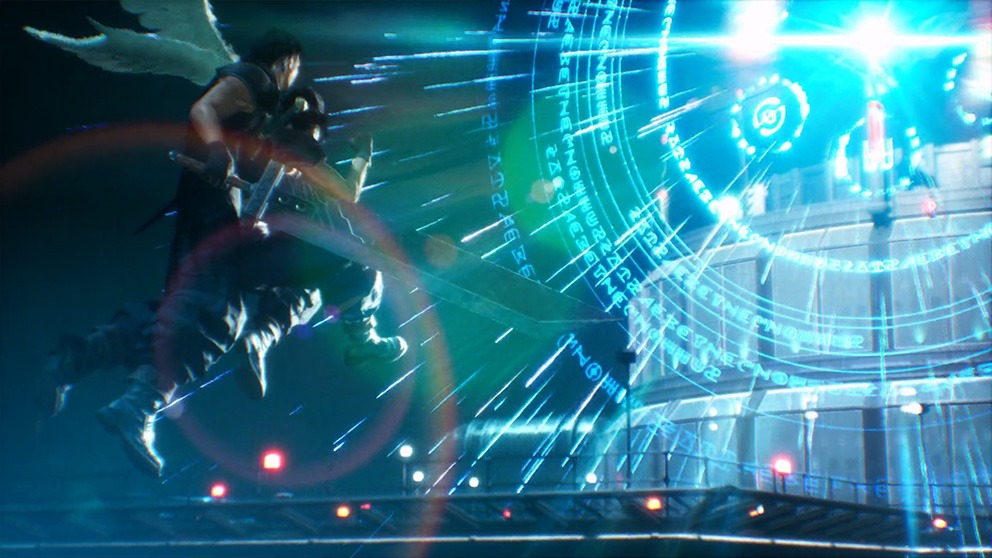
An Uneven Remaster
In another interesting move, Square Enix decided to retain the original Crisis Core’s CGI scenes without updating them beyond an upscale. While many of the cutscenes look crisp in 4K, visual artifacts crop up anytime there’s a bit more happening on-screen. Combined with the fact that character models are now redone in Unreal Engine 4, they no longer match the original CGI designs.
This can make the entire experience somewhat uneven and the remaster project looks sloppier for it. Considering the fact that the game has been brought back to life from the PSP and is now available on multiple platforms including Steam and Xbox, this is a small nitpick which can easily be overlooked.
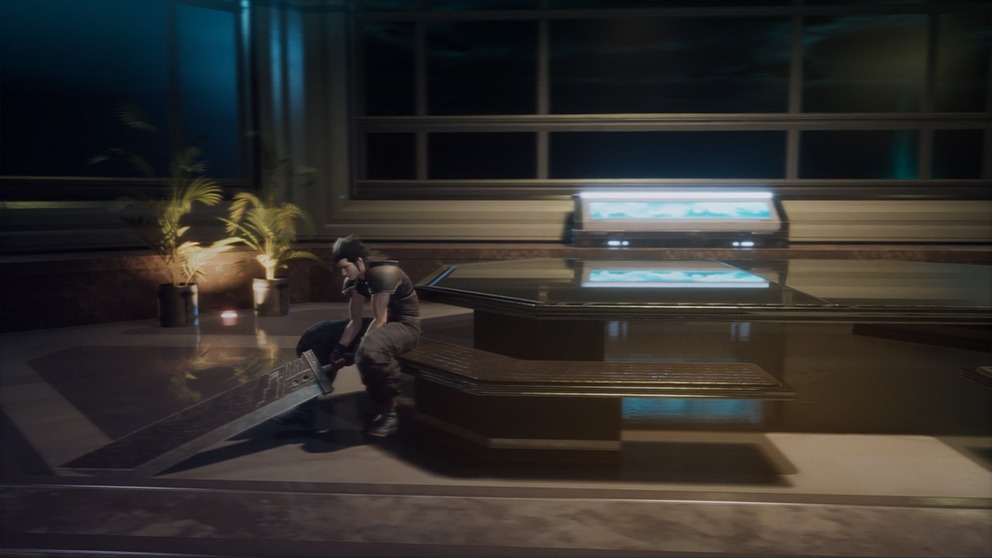
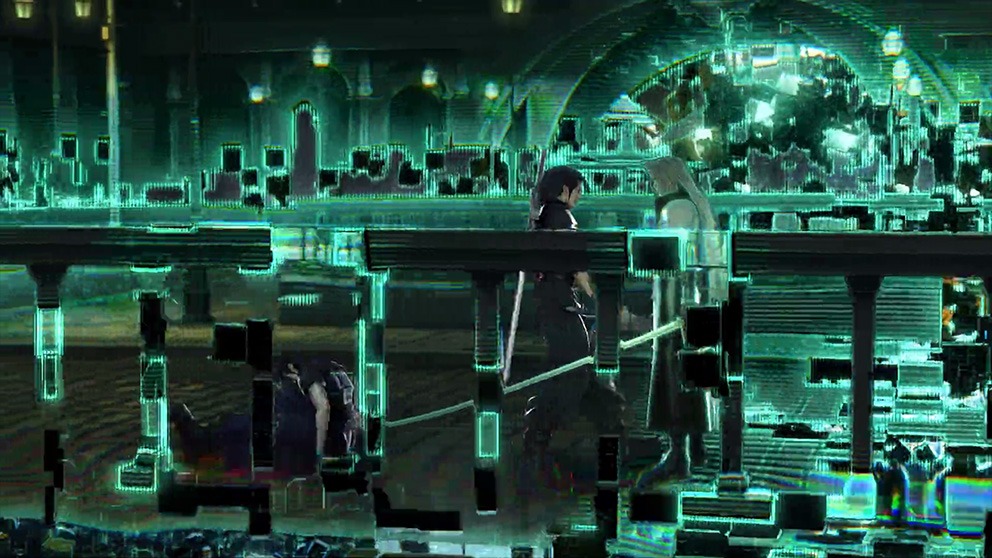
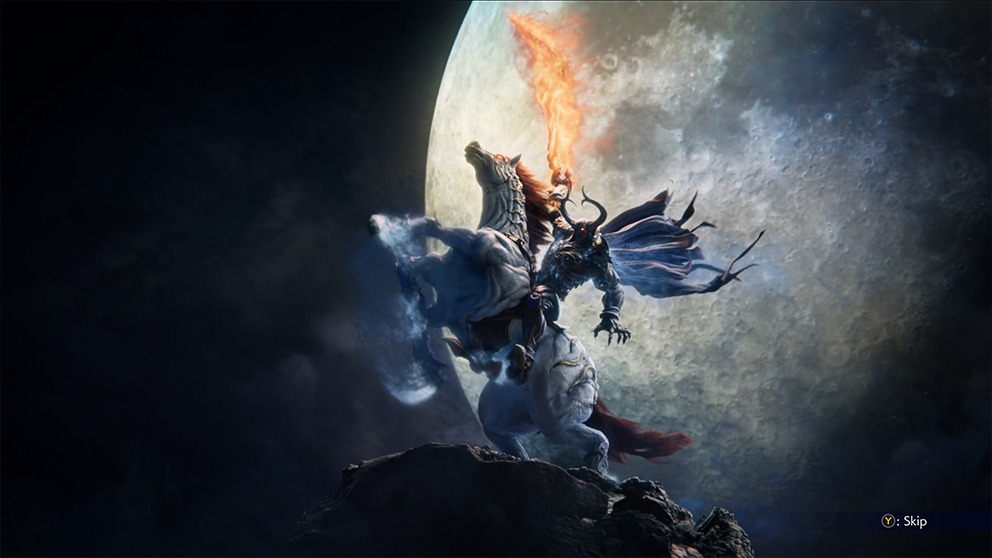
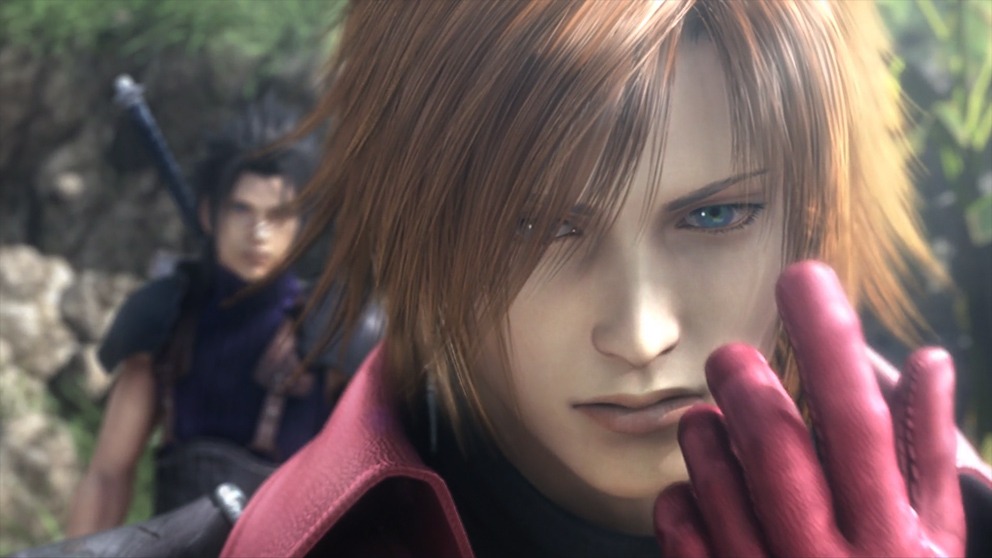
Audio – A Mesmerizing, Melancholic Soundtrack
One of Crisis Core: Final Fantasy VII’s hallmarks was its soundtrack. JRPGs are well-known for their orchestral handling of video game soundtracks which can often transcend the work they were originally a part of. This rings true for many Final Fantasy titles like X, XII, XIV, and XV to name a few – Crisis Core belongs in the same category.
Composed by Takeharu Ishimoto, the game’s music shares many light motifs with Kingdom Hearts in its piano and violin arrangements. These pieces complement the game’s cutscenes marvelously, even though they get reused frequently throughout the game.
Crisis Core’s combat however relies on electronic guitars, drums, and digitized sound effects to create a sci-fi soundtrack that will kick you into high gear when facing a new enemy. Final Fantasy VII staples such as One-Winged Angel are also present, cementing the game’s place in the greater FFVII universe and immersing you in its world. Overall, you’ll definitely find the soundtrack enticing enough for a repeat listen or two once you’ve finished the game.
The New Voice Acting Is…Something Else
With Crisis Core’s dialogue being what it is, it took a group of carefully-selected voice actors to make it work. The original PSP release featured an iconic lineup of voice actors who continued to voice their characters throughout the Compilation of Final Fantasy VII. However, with Final Fantasy VII Remake making changes to its English voice actors, Square Enix decided to change Crisis Core’s voice actors entirely from the original, and not for the better.
In most cases, the emotional delivery was handled far better in the original Crisis Core, with the new one being closer to a Saturday morning English anime dub than anything. On PC, a voice mod that replaces the new voices with the PSP originals already exists, but this doesn’t apply to consoles. If you’re coming into the game as a fan of the PSP game, bear this in mind as you might be taken aback by Zack’s new voice actor.
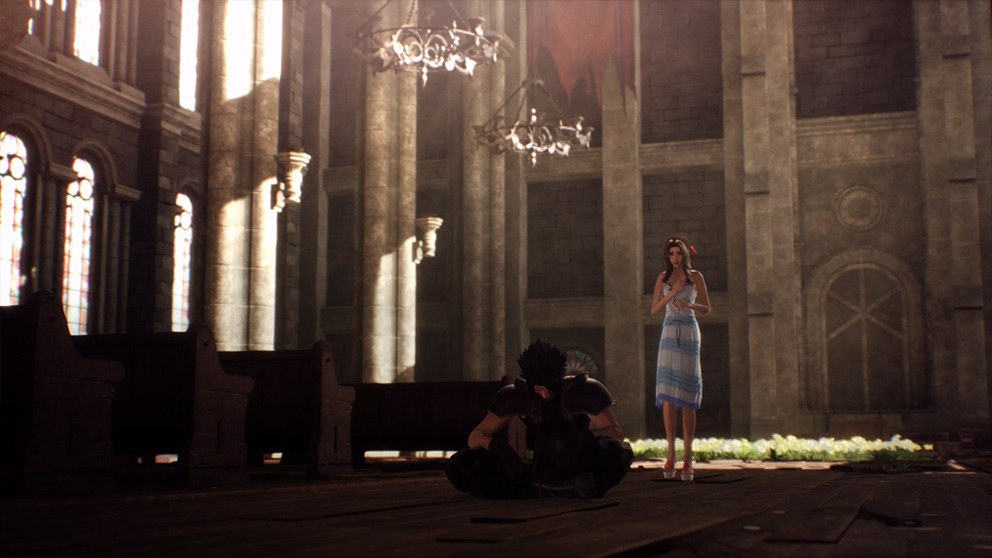
Changes and Improvements from the Original Crisis Core
Square Enix has made a number of sweeping changes and improvements to Crisis Core’s core gameplay, pun intended, to make sure that it plays well in 2022. Given that the original game had to make do with PSP’s limited controls (single analog stick, two front-facing buttons instead of four, etc.), concessions had to be made. Luckily, Crisis Core 2022 feels good to play, and combat has seen the most dramatic changes.
Battles are now a real-time, action-based affair compared to the original’s active-time battle system which relied on hidden turn timers. This makes combat smoother, faster, and more in line with modern gamer expectations, especially in the wake of Final Fantasy Origin: Stranger of Paradise, and other Final Fantasy titles in recent years. Zack can now sprint, lock onto enemies more easily, as well as use brand-new Buster Sword moves. However, in terms of actual “content”, Crisis Core 2022 doesn’t bring anything new to the table, which is a shame.
This is still the same game we’ve known and loved in 2008, for better or worse, which is a bit strange on Square Enix’s part. With Final Fantasy VII Remake making dramatic changes to the original FFVII narrative, leaving Crisis Core’s story “as is”, is questionable. Only time will tell how its narrative will integrate into Final Fantasy VII Rebirth once the game releases.
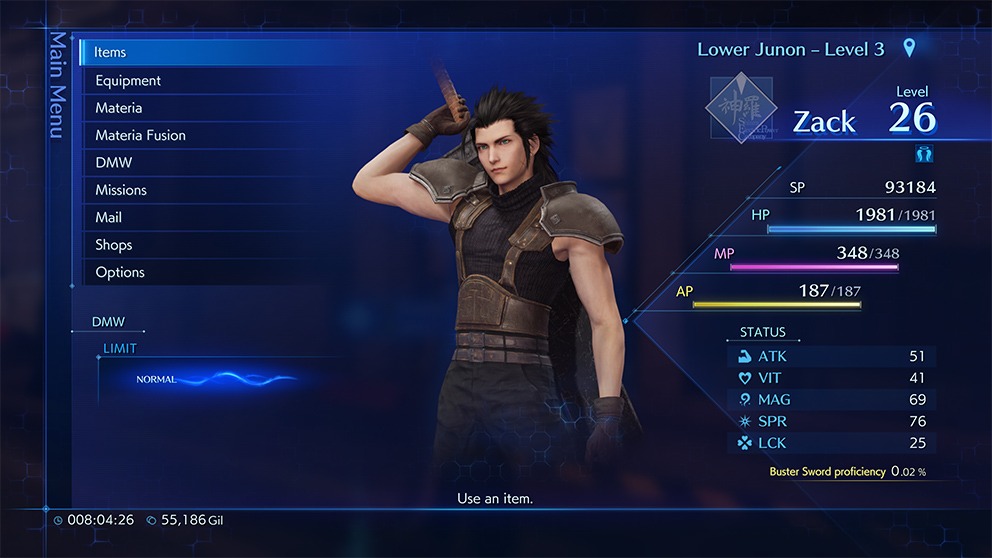
Should You Play Crisis Core -Final Fantasy VII- Reunion?
Crisis Core -Final Fantasy VII- Reunion is well worth your time – with a caveat. If you’re picking the game up on the Xbox or Nintendo Switch, keep in mind that this is a prequel to a game you can’t access in mind. While you can still play the original FFVII from 1997, Square Enix seems intent on rewriting its lore with the Remake trilogy. Square Enix’s relationship with Sony has also led to the publisher’s reluctance to release flagship titles on other consoles in recent years. This means that you might not be able to experience the “main dish” of what this “appetizer” is bringing to the table.
However, because it was originally a prequel to Final Fantasy VII from 1997, you’ll still find an enjoyable 20-hour experience here, especially if you’re a fan of action-based JRPGs like Tales of Arise. For the fans of FFVII or its remake on PC or Playstation platforms, this caveat is null and void – Crisis Core -FFVII- Reunion is a must-play.
You’ll get a far deeper understanding of Zack and Cloud’s relationship, their motivations, and how their connection to others like Aerith and Sephiroth first began. Crisis Core- Final Fantasy VII- Reunion is available on Steam, Xbox, and Playstation platforms, as well as Nintendo Switch.
Editor’s Note: The original Crisis Core: Final Fantasy VII is very dear to me – it’s my favorite PSP game which I’ve sunk countless hours into. It makes me very happy knowing that more people will get an opportunity to play it now that it has become a multi-platform title. It’s an imperfect game but wears its heart on its sleeve – you’ll either love it or hate it for what it is. For me, it’s a game I look back on with fondness for its world, characters, and music – I recommend checking it out and judging for yourself.
Huge thanks to CD Media for providing us with the review copy!
